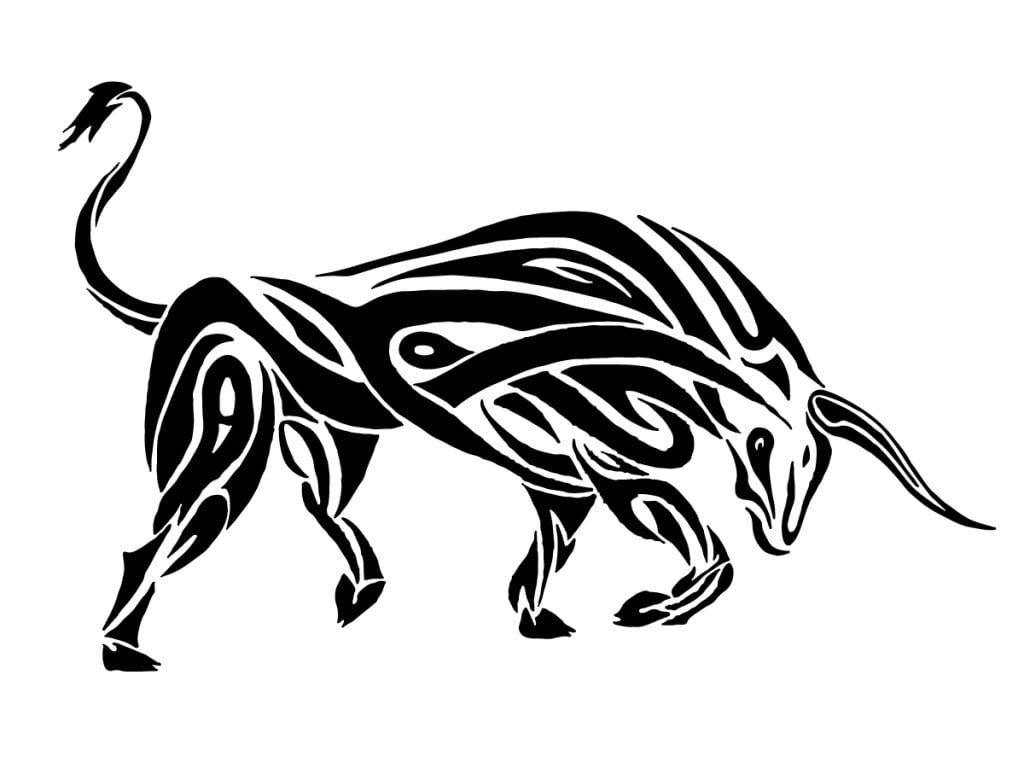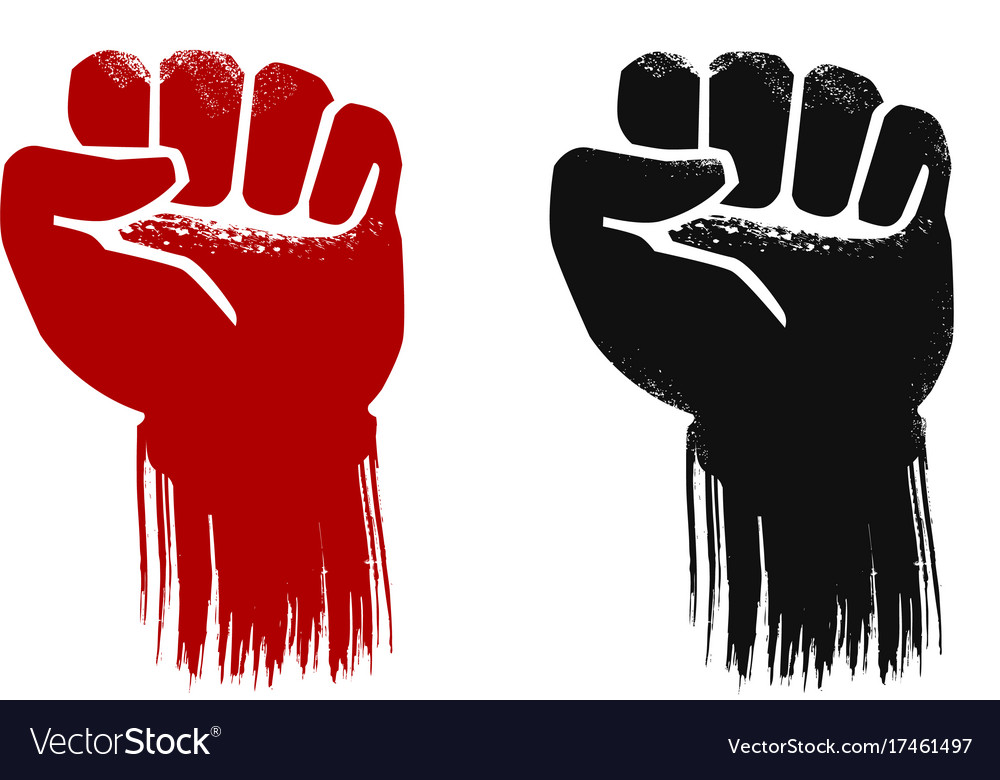Strength isn’t just about physical power—it’s an energy that resonates through symbols across cultures and history. Symbols that symbolize strength have been etched into our collective consciousness, carrying stories of resilience, courage, and dominance. Whether it’s the lion’s roar or the mighty oak tree, these icons speak volumes about what humans admire and aspire to embody.
When we think about symbols that symbolize strength, we’re diving deep into the heart of human psychology. These symbols aren’t just random designs; they’re rooted in history, mythology, and even science. They remind us of our capacity to overcome challenges, face fears, and rise above adversity. Let’s be real—everyone needs a little boost now and then, right? And what better way to channel that inner power than through something as timeless as a symbol?
So why do symbols matter so much? Well, they’re more than just pretty pictures. They carry meaning, they inspire action, and they connect us to something bigger than ourselves. In this article, we’ll explore some of the most iconic symbols that symbolize strength, break down their significance, and show you how you can harness their power in your own life. Buckle up—it’s gonna be a wild ride!
Read also:Charleston White Education Unveiling The Path To Empowerment
Table of Contents
- Biography of Symbols
- Historical Significance
- The Lion: King of Strength
- The Oak Tree: Nature's Pillar
- The Aurochs: Ancient Power
- Fenghuang: Mythical Majesty
- Yin-Yang: Balanced Strength
- The Ram: Unyielding Determination
- The Anvil: Unbreakable Endurance
- Modern Usage of Strength Symbols
- Conclusion: Harness Your Inner Power
Biography of Symbols
Alright, let’s start at the beginning. Symbols are like people—they have lives, histories, and personalities. To truly understand symbols that symbolize strength, we need to dive into their biographies. How did they come to represent such powerful ideas? What makes them so compelling?
What Makes a Symbol Iconic?
Think about it—why does the lion represent strength while the rabbit doesn’t (no offense to bunnies)? It’s all about perception and context. Over centuries, cultures around the world have assigned meanings to certain objects, animals, and patterns based on their characteristics and significance. For instance, lions are known for their ferocity and leadership qualities, making them the perfect embodiment of strength.
But here’s the thing: not all symbols are universal. While the lion might symbolize strength in Western culture, other cultures might look to different animals, like the tiger or dragon. This diversity adds richness to our understanding of strength and shows that there’s no one-size-fits-all approach to power.
Historical Significance
History plays a massive role in shaping the symbols we recognize today. Ancient civilizations used symbols to convey messages, tell stories, and establish authority. From Egyptian hieroglyphs to Viking runes, these symbols were more than just art—they were tools of communication and power.
How Symbols Evolved Through Time
Take the anvil, for example. In medieval Europe, the anvil became a symbol of strength because it was associated with blacksmiths, who crafted weapons and tools essential for survival. Fast forward to today, and the anvil still carries that same weight (pun intended) as a representation of endurance and resilience.
Similarly, the oak tree has been revered for centuries as a symbol of strength due to its towering presence and long lifespan. Its roots dig deep into the earth, anchoring it firmly despite storms and time. These historical connections give symbols their staying power, ensuring they remain relevant across generations.
Read also:Duck Dynasty Net Worth 2024 The Untold Story Of Southern Riches
The Lion: King of Strength
Let’s talk about the big guy—the lion. Known as the "King of the Jungle," this majestic creature is perhaps the most iconic symbol of strength. But what makes the lion so special? And how has it influenced cultures worldwide?
Why the Lion Reigns Supreme
Lions are apex predators, meaning they sit atop the food chain with no natural enemies. Their roars can be heard miles away, and their hunting prowess is unmatched. In many cultures, lions represent courage, leadership, and protection. For instance, the sphinx in Egypt combines the body of a lion with the head of a human, symbolizing wisdom and strength.
Even in modern times, the lion remains a powerful symbol. Think of the Lion King movie, sports teams using lions as mascots, or luxury brands like Jaguar incorporating lion imagery into their logos. It’s a timeless icon that continues to inspire awe and admiration.
The Oak Tree: Nature's Pillar
Now let’s shift gears and talk about something a little more grounded—the oak tree. This mighty tree is often referred to as the "king of trees" because of its immense size, strength, and longevity. But its symbolism goes far beyond its physical attributes.
Roots of Resilience
Oak trees can live for hundreds of years, enduring harsh weather conditions and environmental changes. Their roots grow deep into the soil, providing stability and nourishment. In Celtic mythology, the oak was considered sacred and associated with gods of thunder and lightning, symbolizing strength and protection.
Today, the oak tree is used in various contexts to represent strength, including in heraldry, where it appears on coats of arms and national emblems. It’s also a popular choice for tattoos and jewelry, allowing individuals to carry its energy with them wherever they go.
The Aurochs: Ancient Power
Ever heard of the aurochs? Probably not, but this extinct species of wild cattle was once a formidable force in nature. Standing over six feet tall at the shoulder, the aurochs was a symbol of raw power and untamed strength. Although it’s gone now, its legacy lives on through symbols and stories.
Lessons from the Past
The aurochs was revered by ancient peoples, who saw it as a source of inspiration and strength. In Norse mythology, the aurochs was linked to Thor, the god of thunder, further cementing its association with power. Its image has been found in cave paintings and carvings, showing how deeply it was ingrained in early human culture.
While the aurochs may no longer roam the earth, its spirit continues to influence modern symbols of strength. For example, the bull is often used in finance to represent market growth and economic power, drawing on the same energy that made the aurochs so formidable.
Fenghuang: Mythical Majesty
Not all symbols of strength come from the natural world. Some are mythical creatures that embody power and transformation. Enter the fenghuang, also known as the Chinese phoenix. This legendary bird is a symbol of rebirth, resilience, and strength.
Rising from the Ashes
According to Chinese mythology, the fenghuang is said to appear during times of peace and prosperity, bringing good fortune and harmony. Unlike the Western phoenix, which focuses solely on rebirth, the fenghuang represents balance and duality, combining male and female energies to create a complete whole.
Today, the fenghuang is a popular motif in art, fashion, and interior design. Its intricate plumage and regal presence make it a stunning representation of strength and beauty, reminding us that power comes in many forms.
Yin-Yang: Balanced Strength
Speaking of balance, let’s talk about the yin-yang symbol. This ancient Chinese concept represents the interconnectedness of opposites and the harmony that arises from their union. While it’s not traditionally associated with strength, the yin-yang offers a unique perspective on what true power entails.
Strength in Harmony
The yin-yang teaches us that strength isn’t just about brute force—it’s about finding balance and understanding. By embracing both light and dark, masculine and feminine, active and passive, we can unlock a deeper, more sustainable form of power. This philosophy has influenced countless aspects of life, from martial arts to medicine to personal development.
Next time you see the yin-yang symbol, take a moment to reflect on its message. Strength isn’t about dominance—it’s about integration and wholeness. And that’s a lesson we can all benefit from.
The Ram: Unyielding Determination
Another animal that symbolizes strength is the ram. Known for its curved horns and stubborn nature, the ram represents determination, perseverance, and resilience. In many cultures, rams are associated with leadership and authority, making them a fitting symbol of strength.
Charging Ahead
Rams have been featured prominently in art and literature throughout history. In Greek mythology, the golden fleece came from a magical ram, symbolizing wealth and power. In astrology, the ram is the zodiac sign of Aries, which is known for its fiery energy and ambition.
Whether you’re facing a personal challenge or pursuing a professional goal, the ram’s determination can serve as a source of inspiration. Its unyielding spirit reminds us that sometimes the best way to overcome obstacles is to charge straight ahead.
The Anvil: Unbreakable Endurance
Let’s return to the anvil, that humble yet mighty tool of the blacksmith. While it may not seem like the most glamorous symbol, the anvil holds a special place in the realm of strength. Its ability to withstand repeated blows and remain unbroken makes it a powerful metaphor for endurance.
Forged Through Fire
The anvil is often associated with craftsmanship and hard work, qualities that are essential for building strength. Just as metals are shaped and strengthened through heat and pressure, so too can we grow stronger by facing life’s challenges head-on. The anvil serves as a reminder that true strength comes from perseverance and resilience.
Modern Usage of Strength Symbols
Now that we’ve explored the historical and cultural significance of symbols that symbolize strength, let’s look at how they’re used in modern times. From branding to personal expression, these symbols continue to play an important role in our lives.
Tapping Into Symbolic Power
Companies often use symbols of strength to convey trust, reliability, and authority. For example, Nike’s swoosh logo represents motion and power, while Apple’s bitten apple symbolizes innovation and creativity. Individuals also embrace these symbols through tattoos, jewelry, and clothing, using them to express their values and aspirations.
Whether you’re drawn to the lion’s courage, the oak tree’s stability, or the fenghuang’s transformation, there’s a symbol out there that speaks to your inner strength. By incorporating these symbols into your life, you can tap into their power and unlock your full potential.
Conclusion: Harness Your Inner Power
As we wrap up our journey through symbols that symbolize strength, it’s clear that these icons hold immense power and meaning. From the roaring lion to the steadfast oak tree, each symbol offers a unique perspective on what it means to be strong. But here’s the kicker—strength isn’t just about external symbols; it’s about the inner power we all possess.
So, how can you harness this power in your own life? Start by identifying the symbols that resonate with you and exploring their significance. Use them as tools for inspiration, motivation, and transformation. And most importantly, remember that true strength comes from within.
Now it’s your turn! Share your thoughts in the comments below or check out our other articles for more insights into the world of symbols. Together, let’s unlock the power of strength and create a brighter, bolder future.


